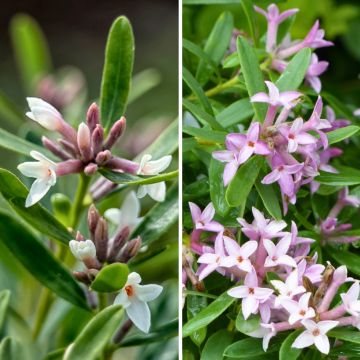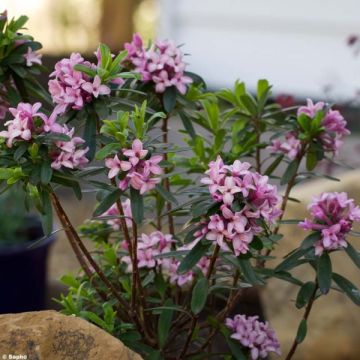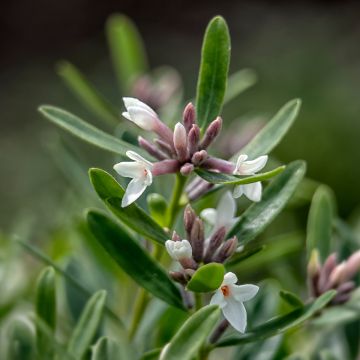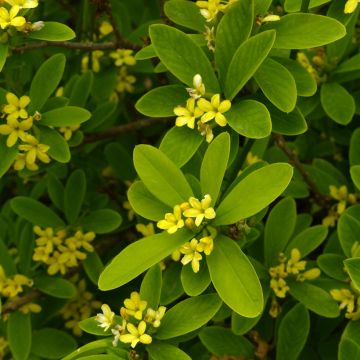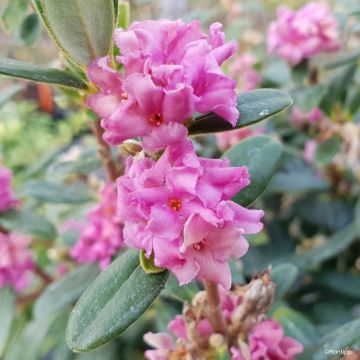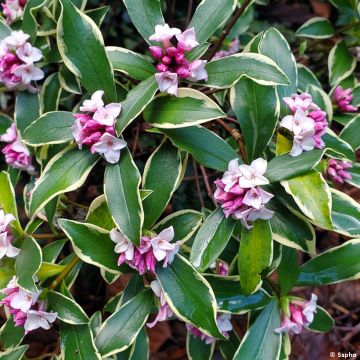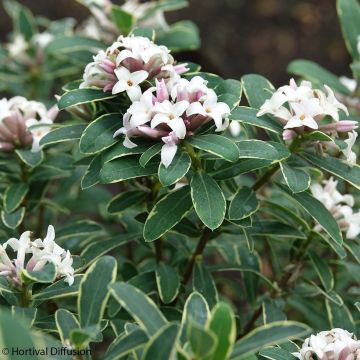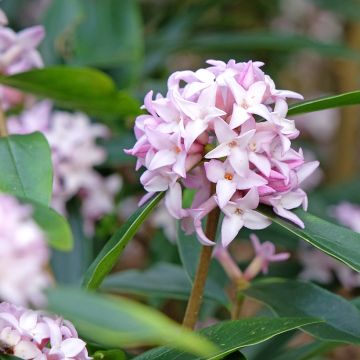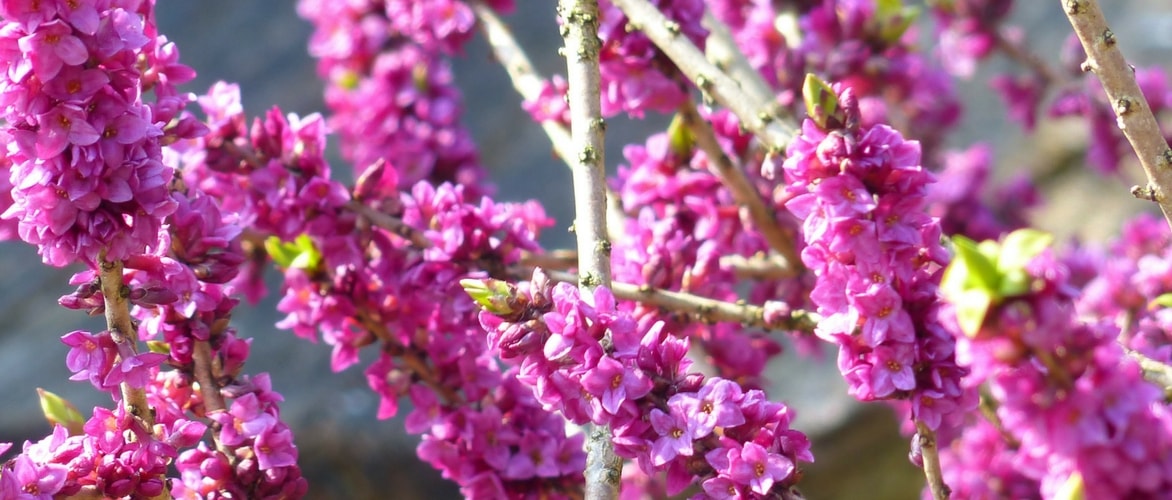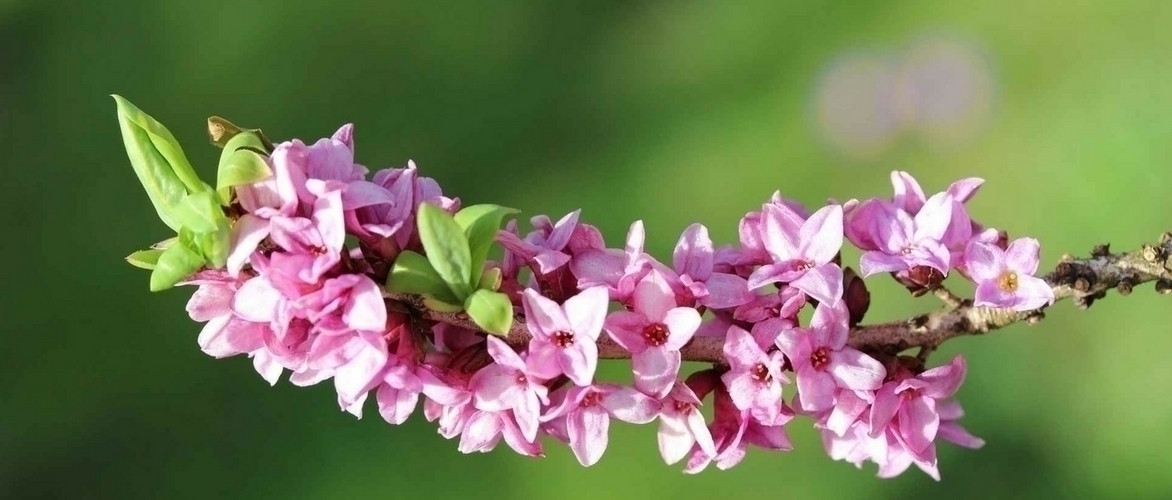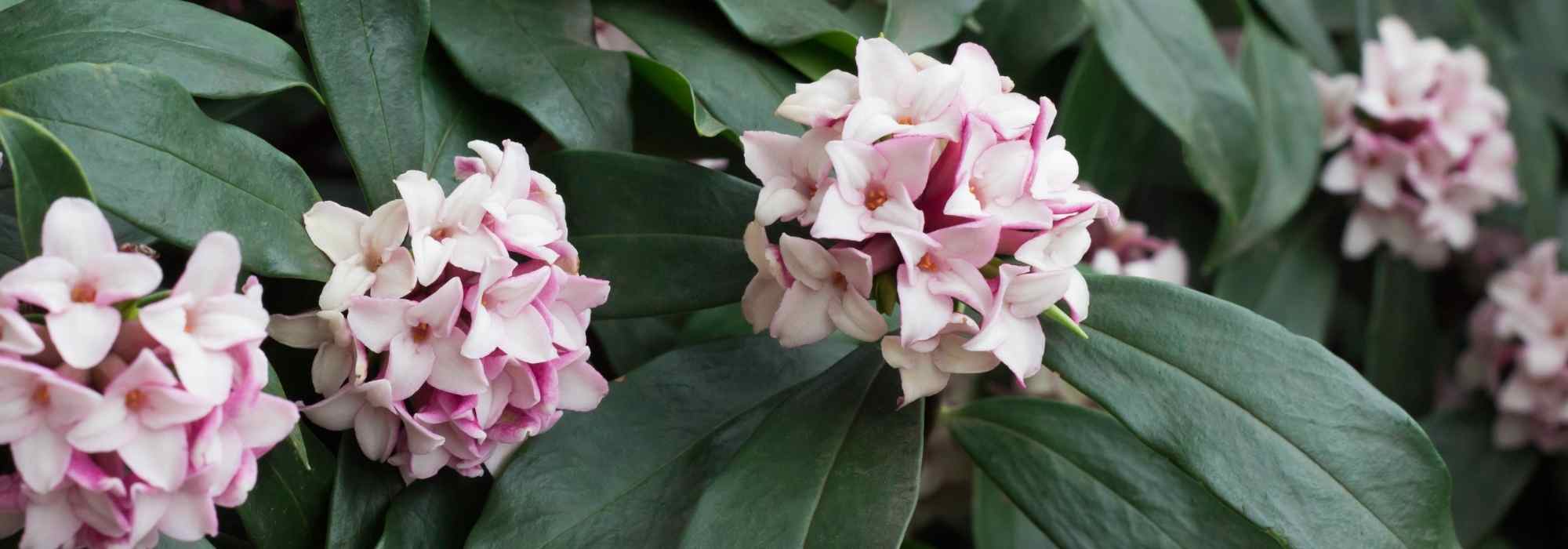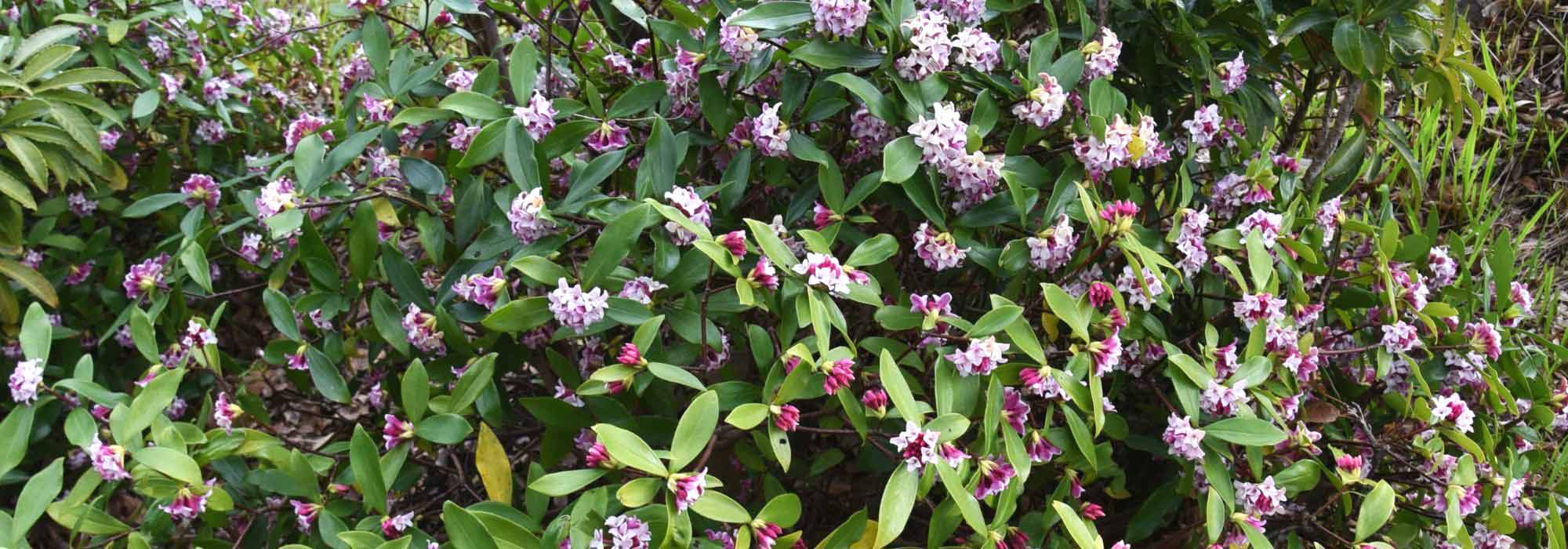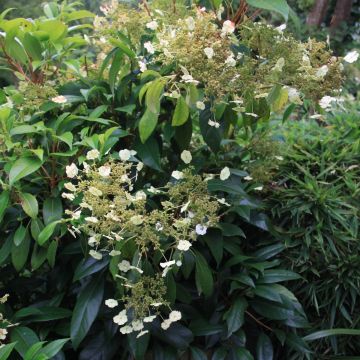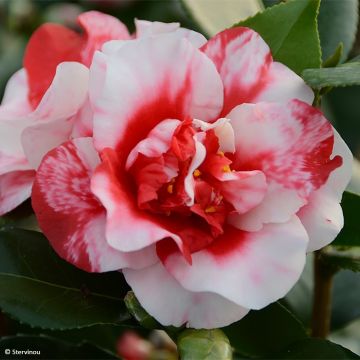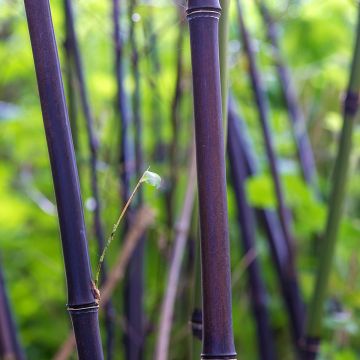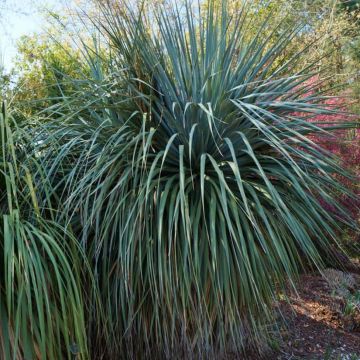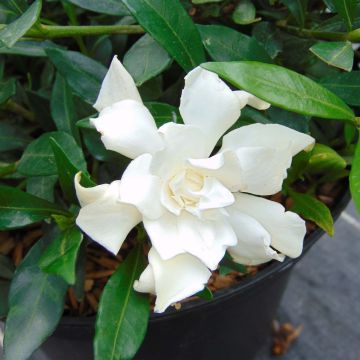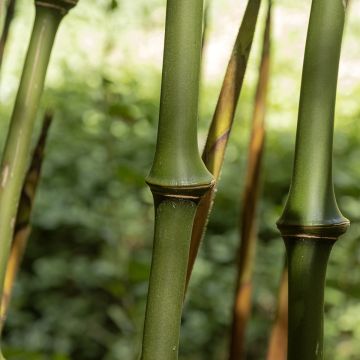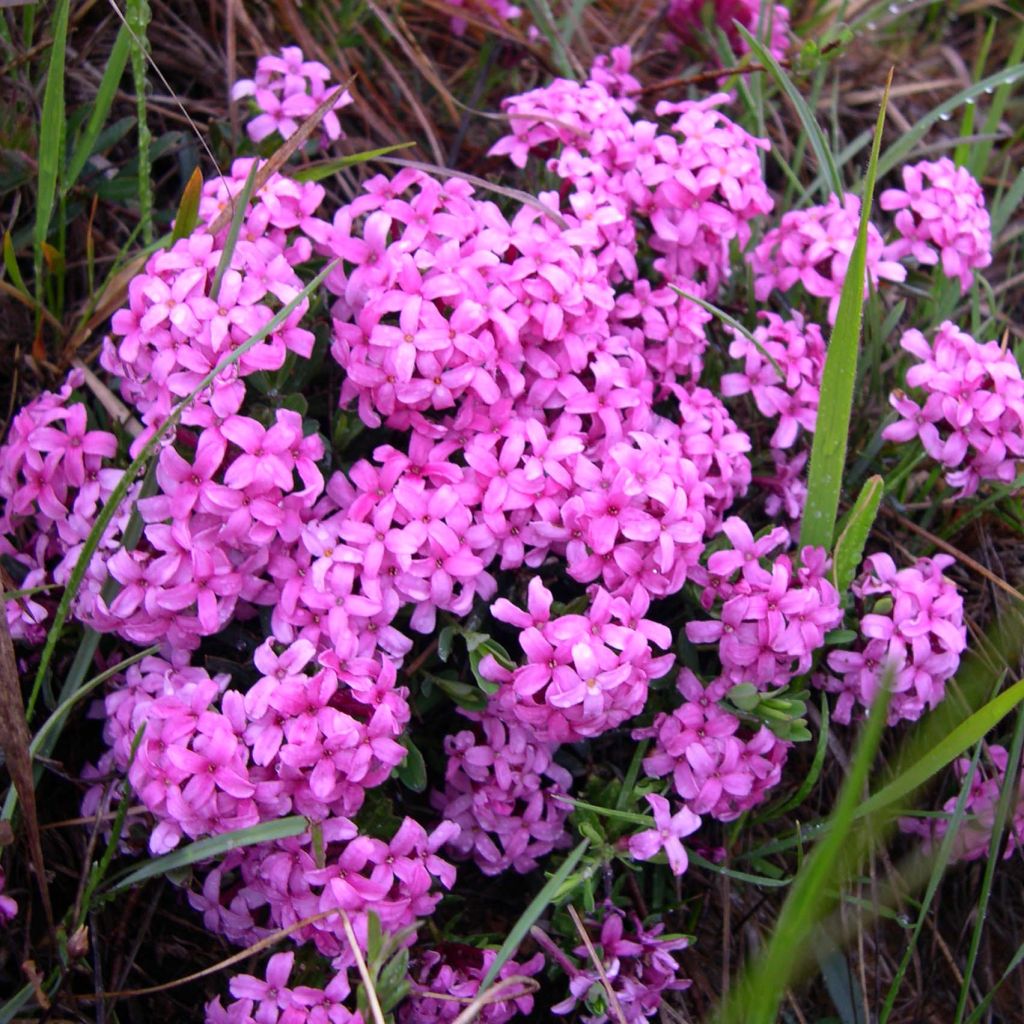

Daphne cneorum
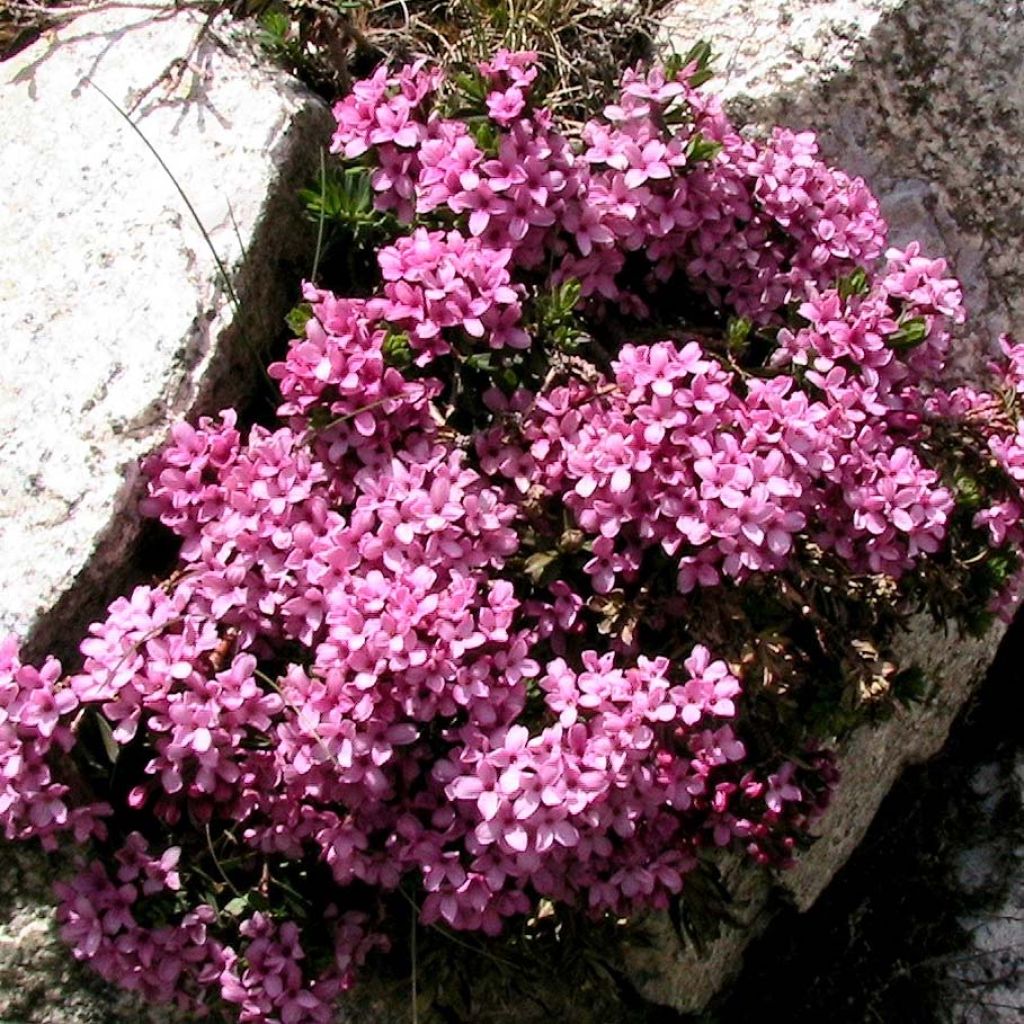

Daphne cneorum
Daphne cneorum
Daphne cneorum
Garland Flower, Rose Daphne, Sweet-scented Daphne
Honestly, "young plant" looks miserable for a price of £49! £4.90 would have been a reasonable price. Very, very disappointed!
Claudie, 17/08/2022
Special offer!
Receive a €20 voucher for any order over €90 (excluding delivery costs, credit notes, and plastic-free options)!
1- Add your favorite plants to your cart.
2- Once you have reached €90, confirm your order (you can even choose the delivery date!).
3- As soon as your order is shipped, you will receive an email containing your voucher code, valid for 3 months (90 days).
Your voucher is unique and can only be used once, for any order with a minimum value of €20, excluding delivery costs.
Can be combined with other current offers, non-divisible and non-refundable.
Why not try an alternative variety in stock?
View all →This plant carries a 24 months recovery warranty
More information
We guarantee the quality of our plants for a full growing cycle, and will replace at our expense any plant that fails to recover under normal climatic and planting conditions.
Would this plant suit my garden?
Set up your Plantfit profile →
Description
Daphne cneorum, also known as Garland Flower, is a hardy and evergreen undershrub that loves the sun, tolerates shade, but only thrives in perfectly drained soils that are not too dry. When its low cultivation requirements are met, this bush happily crawls among the stones and offers an abundant flowering in early spring, with small clusters of red or pink flowers that wonderfully perfume the evening air.
Native to the mountains of southern and central Europe, Daphne cneorum is an undershrub belonging to the Thymelaeaceae family, a cousin of Wood Gillyflower. In nature, it is found in a variety of habitats, but generally dry and rocky: in meadows, pine forests, and on limestone screes, up to an altitude of 2100m (6890ft), but also in lowlands, on sandy or siliceous soils.
It is a slow-growing bush with a semi-prostrate habit, whose slender but tough reddish-brown branches are initially erect and then trailing. The young branches are grey and fuzzy. This daphne develops main shoots branching into numerous lateral stems. At maturity, it will reach about 30cm (12in) in height and spread up to 1.5m (5ft). The evergreen foliage consists of small, entire, ovate, glabrous, leathery leaves, measuring 1 to 2cm (0.4 to 1in) in length and 3 to 5mm (0.1 to 0.2in) in width, and are well distributed on the branches. Flowers appear in spring, in April-May depending on the region. The small tubular and hairy flowers are red to bright pink when they open, and are grouped in clusters of 6 to 12 at the ends of the branches. They measure 1cm (0.4in) in width and are mixed with bracts. Their sweet fragrance is complex; it recalls carnation, jasmine, and hyacinth, enhanced with a spicy hint of cloves and lemony notes. They are remarkably fragrant in the late afternoon. The rarely observed fruit is a tough drupe of light brown colour. The lifespan of this bush is estimated to be about 20 years. The entire plant is toxic if ingested.
Daphne cneorum is hardy and not very demanding on soil type, as long as it is moist but well-drained. It naturally fits in large rockeries, and in raised and well-drained beds, in all exposures. It can also be grown in pots if excellent drainage is provided and the plant is regularly watered and fertilised. Plant it near a window, a path, or an entrance to enjoy its exceptional flowering and fragrance. It can be planted with other rock plants such as Lithodora, Alyssum, saxifrages, Prunella, Nepeta, gorses, and helianthemums. Its flowering branches are also beautiful in bouquets, mixed with those of Japanese quince or Prunus.
Note: Daphnes are sometimes capricious plants, whose cultivation can be delicate if the conditions are not adequate. They are recommended for experienced gardeners.
Daphne cneorum in pictures


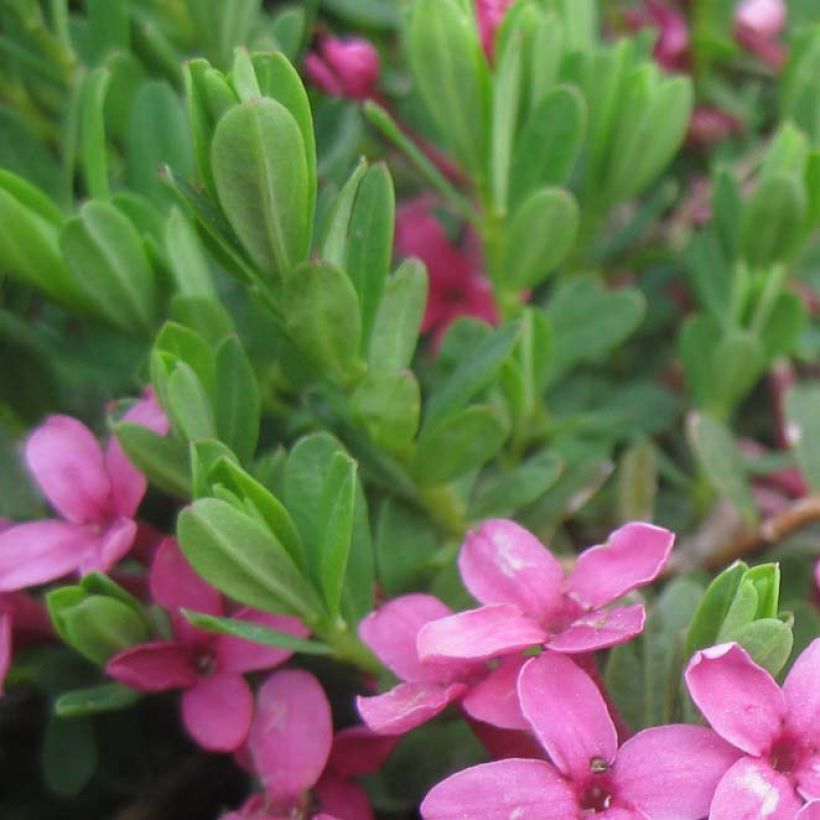

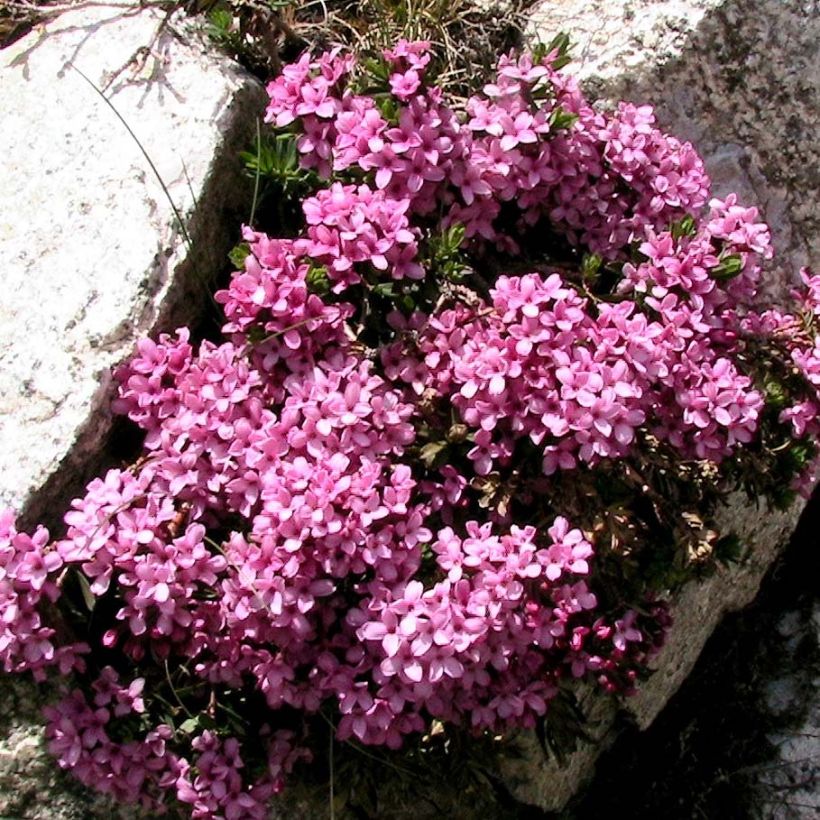

Plant habit
Flowering
Foliage
Safety measures
Botanical data
Daphne
cneorum
Thymelaceae
Garland Flower, Rose Daphne, Sweet-scented Daphne
Alps
ingestion
Cette plante est toxique si elle est ingérée volontairement ou involontairement.
Ne la plantez pas là où de jeunes enfants peuvent évoluer, et lavez-vous les mains après l'avoir manipulée.
Pensez à conserver l'étiquette de la plante, à la photographier ou à noter son nom, afin de faciliter le travail des professionnels de santé.
Davantage d'informations sur https://plantes-risque.info
Other Daphne
View all →Planting and care
Daphne cneorum can be planted in spring or autumn in perfectly drained, rather moist, fertile, light soil. It is indifferent to the soil's pH, which can be acidic, neutral, or calcareous. It appreciates a sunny to semi-shaded exposure, tolerates shade, and can withstand temperatures as low as -20°C (-4°F). Pruning is unnecessary except for removing dead branches. Water regularly and abundantly to help the young plant establish itself, spacing out waterings so that the soil is not constantly wet. Avoid disturbing the roots, as the plant would not appreciate it at all. After flowering, apply organic fertiliser. This plant can be affected by foliar spots, such as Botrytis. Some viruses can also cause damage. Aphids may attack this plant.
Planting period
Intended location
Care
Planting & care advice
-
, onOrder confirmed
Reply from on Promesse de fleurs
Similar products
Haven't found what you were looking for?
Hardiness is the lowest winter temperature a plant can endure without suffering serious damage or even dying. However, hardiness is affected by location (a sheltered area, such as a patio), protection (winter cover) and soil type (hardiness is improved by well-drained soil).

Photo Sharing Terms & Conditions
In order to encourage gardeners to interact and share their experiences, Promesse de fleurs offers various media enabling content to be uploaded onto its Site - in particular via the ‘Photo sharing’ module.
The User agrees to refrain from:
- Posting any content that is illegal, prejudicial, insulting, racist, inciteful to hatred, revisionist, contrary to public decency, that infringes on privacy or on the privacy rights of third parties, in particular the publicity rights of persons and goods, intellectual property rights, or the right to privacy.
- Submitting content on behalf of a third party;
- Impersonate the identity of a third party and/or publish any personal information about a third party;
In general, the User undertakes to refrain from any unethical behaviour.
All Content (in particular text, comments, files, images, photos, videos, creative works, etc.), which may be subject to property or intellectual property rights, image or other private rights, shall remain the property of the User, subject to the limited rights granted by the terms of the licence granted by Promesse de fleurs as stated below. Users are at liberty to publish or not to publish such Content on the Site, notably via the ‘Photo Sharing’ facility, and accept that this Content shall be made public and freely accessible, notably on the Internet.
Users further acknowledge, undertake to have ,and guarantee that they hold all necessary rights and permissions to publish such material on the Site, in particular with regard to the legislation in force pertaining to any privacy, property, intellectual property, image, or contractual rights, or rights of any other nature. By publishing such Content on the Site, Users acknowledge accepting full liability as publishers of the Content within the meaning of the law, and grant Promesse de fleurs, free of charge, an inclusive, worldwide licence for the said Content for the entire duration of its publication, including all reproduction, representation, up/downloading, displaying, performing, transmission, and storage rights.
Users also grant permission for their name to be linked to the Content and accept that this link may not always be made available.
By engaging in posting material, Users consent to their Content becoming automatically accessible on the Internet, in particular on other sites and/or blogs and/or web pages of the Promesse de fleurs site, including in particular social pages and the Promesse de fleurs catalogue.
Users may secure the removal of entrusted content free of charge by issuing a simple request via our contact form.
The flowering period indicated on our website applies to countries and regions located in USDA zone 8 (France, the United Kingdom, Ireland, the Netherlands, etc.)
It will vary according to where you live:
- In zones 9 to 10 (Italy, Spain, Greece, etc.), flowering will occur about 2 to 4 weeks earlier.
- In zones 6 to 7 (Germany, Poland, Slovenia, and lower mountainous regions), flowering will be delayed by 2 to 3 weeks.
- In zone 5 (Central Europe, Scandinavia), blooming will be delayed by 3 to 5 weeks.
In temperate climates, pruning of spring-flowering shrubs (forsythia, spireas, etc.) should be done just after flowering.
Pruning of summer-flowering shrubs (Indian Lilac, Perovskia, etc.) can be done in winter or spring.
In cold regions as well as with frost-sensitive plants, avoid pruning too early when severe frosts may still occur.
The planting period indicated on our website applies to countries and regions located in USDA zone 8 (France, United Kingdom, Ireland, Netherlands).
It will vary according to where you live:
- In Mediterranean zones (Marseille, Madrid, Milan, etc.), autumn and winter are the best planting periods.
- In continental zones (Strasbourg, Munich, Vienna, etc.), delay planting by 2 to 3 weeks in spring and bring it forward by 2 to 4 weeks in autumn.
- In mountainous regions (the Alps, Pyrenees, Carpathians, etc.), it is best to plant in late spring (May-June) or late summer (August-September).
The harvesting period indicated on our website applies to countries and regions in USDA zone 8 (France, England, Ireland, the Netherlands).
In colder areas (Scandinavia, Poland, Austria...) fruit and vegetable harvests are likely to be delayed by 3-4 weeks.
In warmer areas (Italy, Spain, Greece, etc.), harvesting will probably take place earlier, depending on weather conditions.
The sowing periods indicated on our website apply to countries and regions within USDA Zone 8 (France, UK, Ireland, Netherlands).
In colder areas (Scandinavia, Poland, Austria...), delay any outdoor sowing by 3-4 weeks, or sow under glass.
In warmer climes (Italy, Spain, Greece, etc.), bring outdoor sowing forward by a few weeks.






























